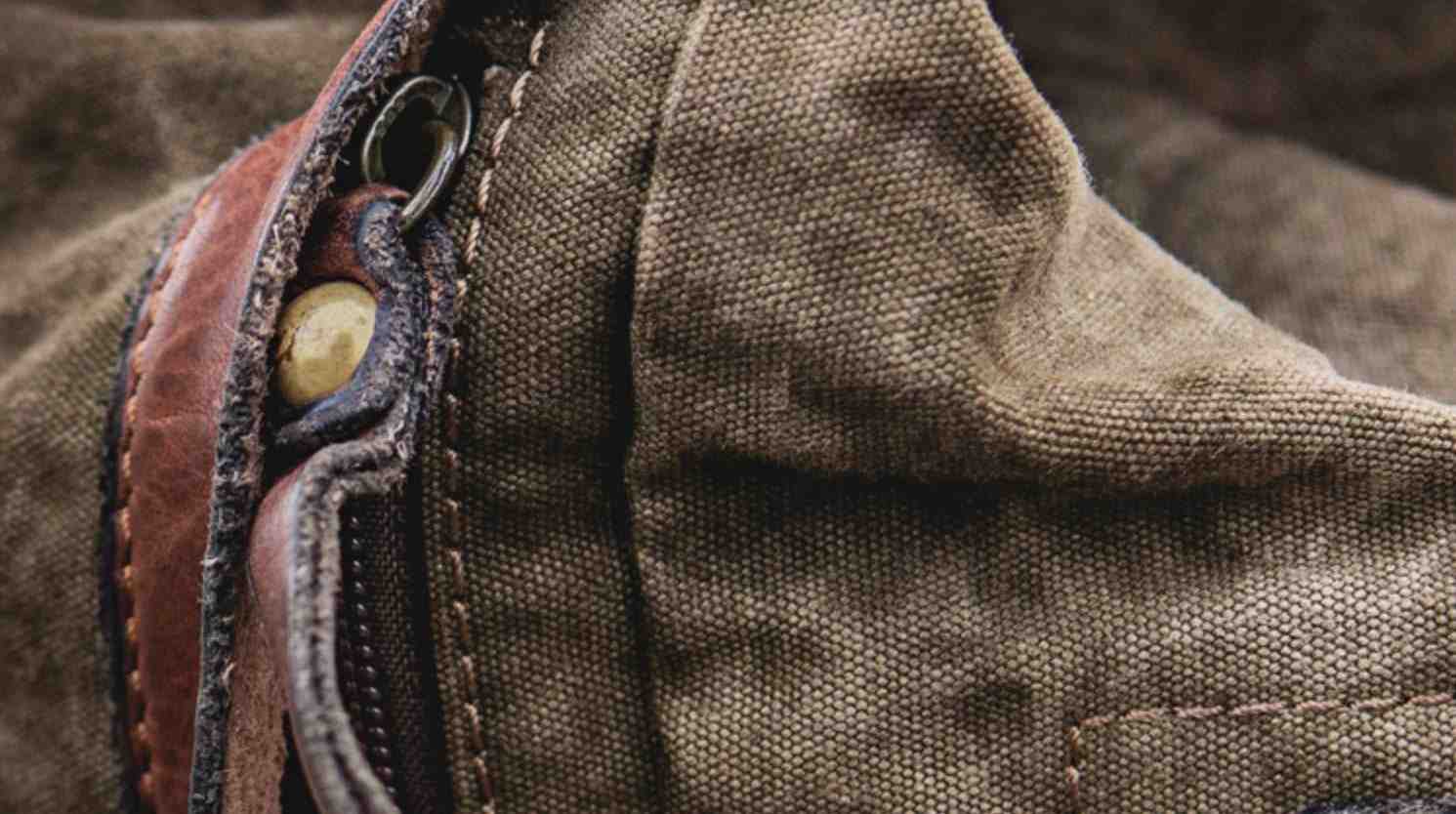
In small, family-run workshops scattered across India, Pakistan, Bhutan, and Madagascar, the art of leather bagmaking is passed down from generation to generation. These small workshops, often run by entire families, are the heart of local craftsmanship, where each bag is created through painstaking handiwork.
The process begins with traditional leather tanning. In India, natural extracts from tree bark, particularly acacia, are used to give the leather its distinctive color and durability. The raw hides are soaked in special pools filled with plant solutions, where the process takes weeks to transform the raw material into supple, durable leather.

The hides are then sun-dried, stretched on wooden frames under the open sky. This natural drying process, harnessing the power of the tropical sun, can take from several days to weeks, depending on the thickness of the material and weather conditions.

Each bag is then hand-cut, sewn, and decorated by experienced artisans who have honed their skills over decades. It is this unique combination of traditional techniques, family secrets, and entirely handmade production that ensures each piece carries the soul and history of the place where it was created.



